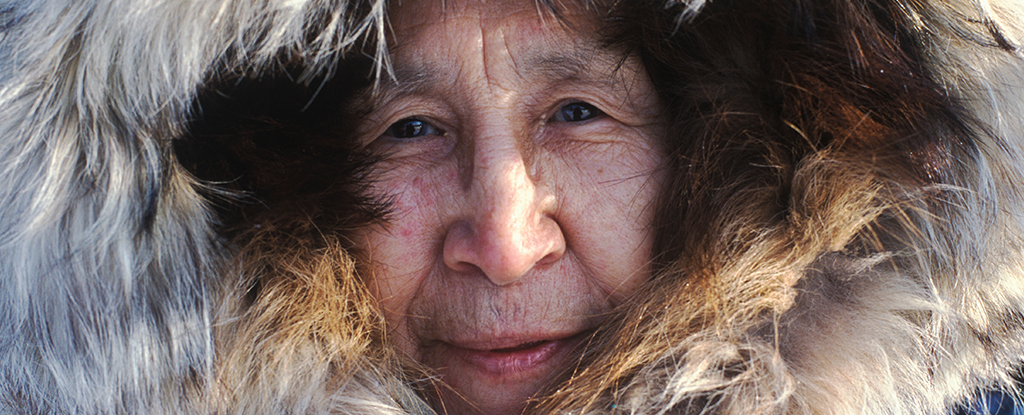Ancient news stories
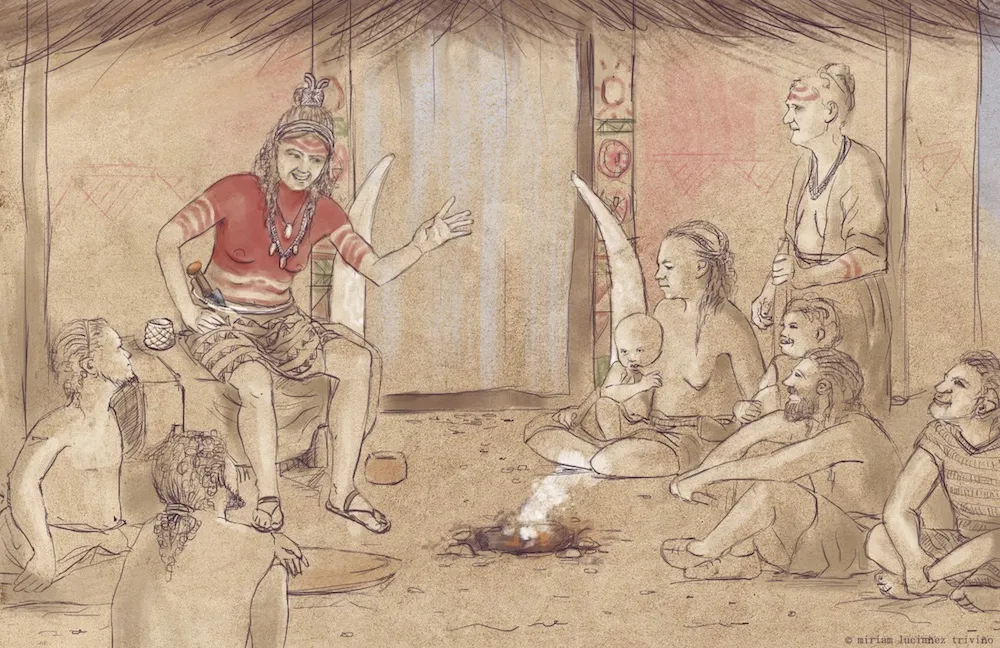
Since its discovery in 2008, the skeleton of a high-ranking individual buried inside a tomb in the Iberian Peninsula between 3,200 and 2,200 years ago was thought to be the remains of a man. However, a new analysis reveals that this person was actually a woman.
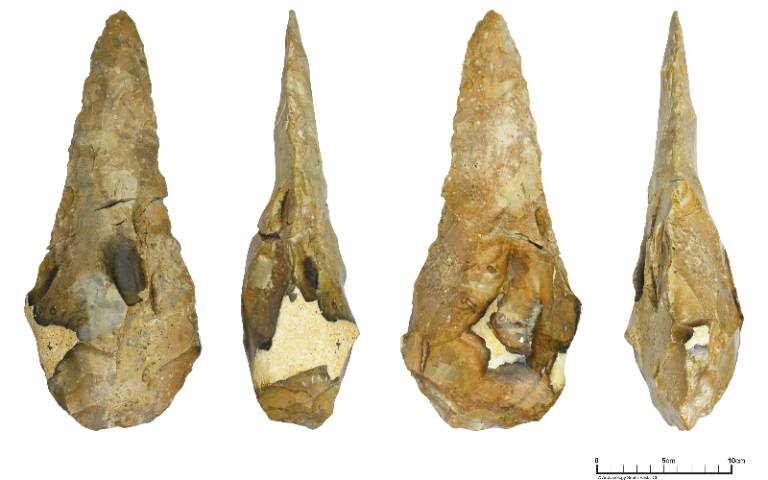
The researchers, from UCL Archaeology South-East, discovered 800 stone artefacts thought to be over 300,000 years old, buried in sediments which filled a sinkhole and ancient river channel, outlined in their research, published in Internet Archaeology.
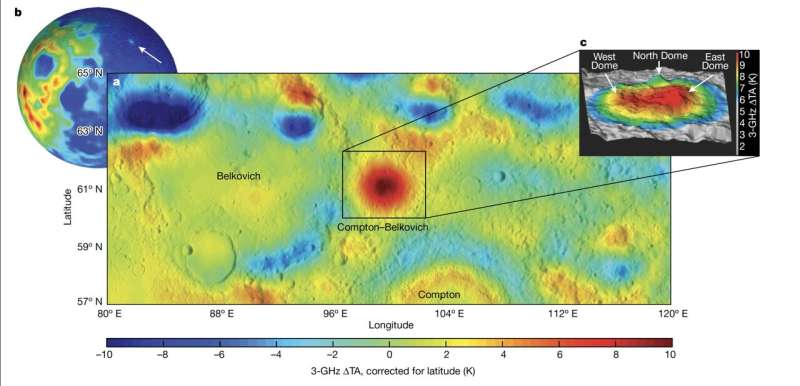
A large formation of granite discovered below the lunar surface likely was formed from the cooling of molten lava that fed a volcano or volcanoes that erupted early in the moon’s history—as long as 3.5 billion years ago.

Events appear to unfold five times slower when the universe was a tenth of its present age, in effect, predicted by Einstein.
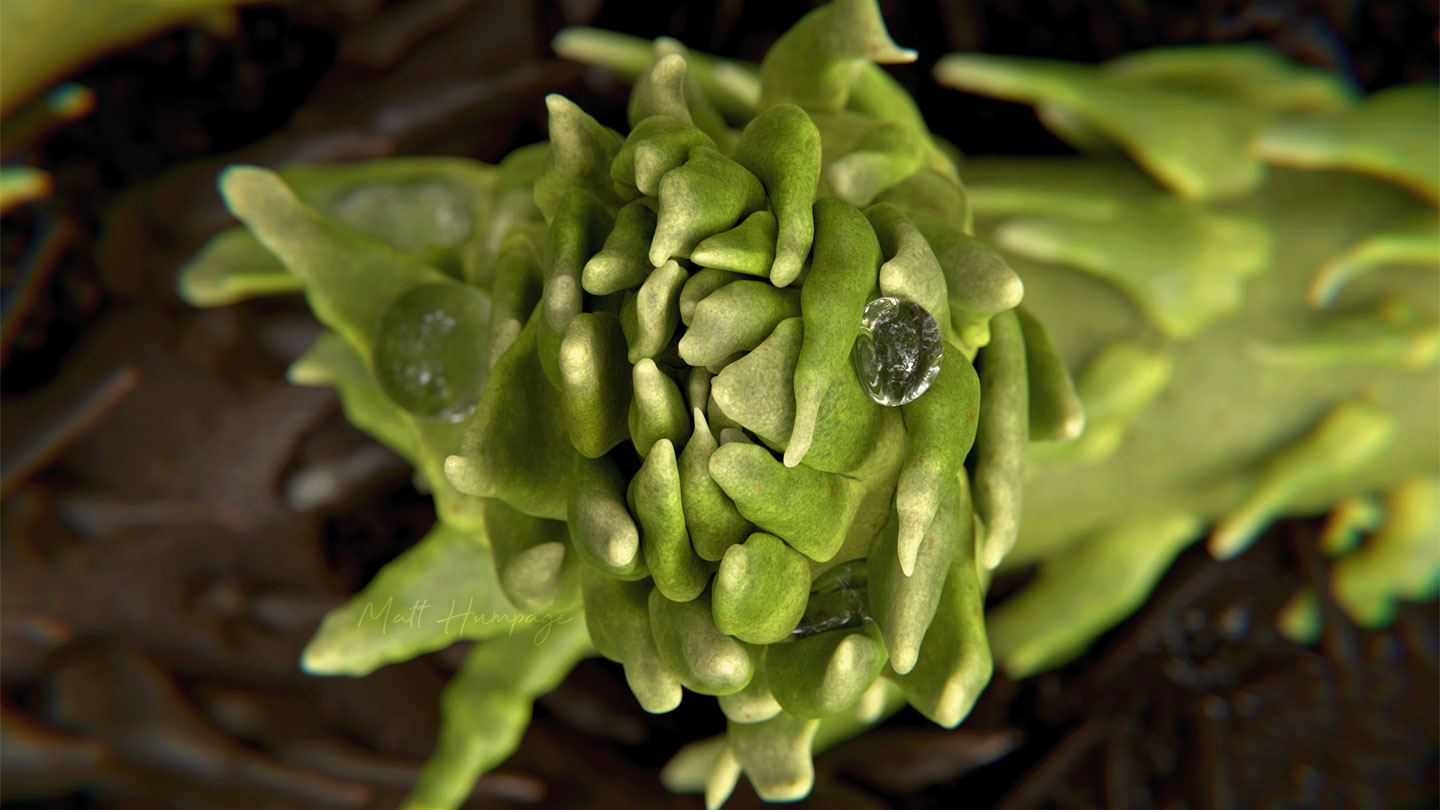
Most land plants living today have spiral patterns involving the famous Fibonacci sequence of numbers. Because the spirals are so common, scientists have thought the patterns must have evolved in some of the earliest land plants. But the leaves of the ancient plant… were arranged in spirals that can’t be described by Fibonacci numbers, researchers report in the June 16 Science.
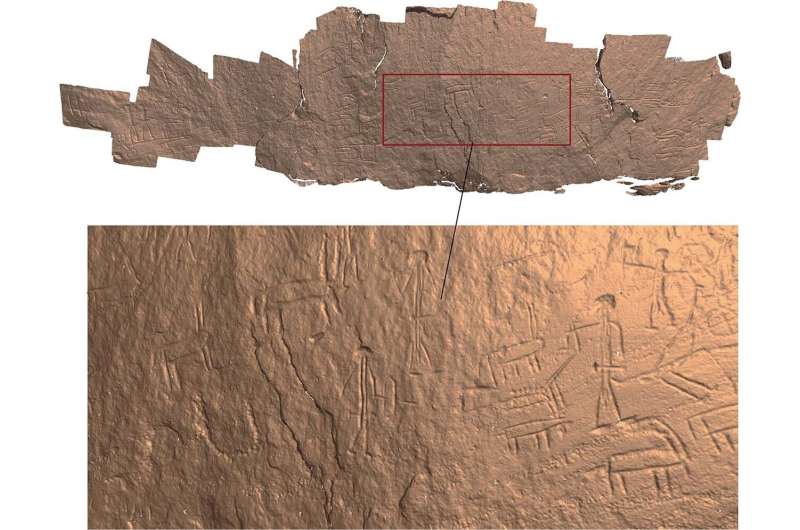
A groundbreaking study conducted by a multidisciplinary team that includes a computational archaeologist, artist, and computer programmer has revealed new insights into ancient rock engravings and the techniques used by ancient engravers. See the research here.
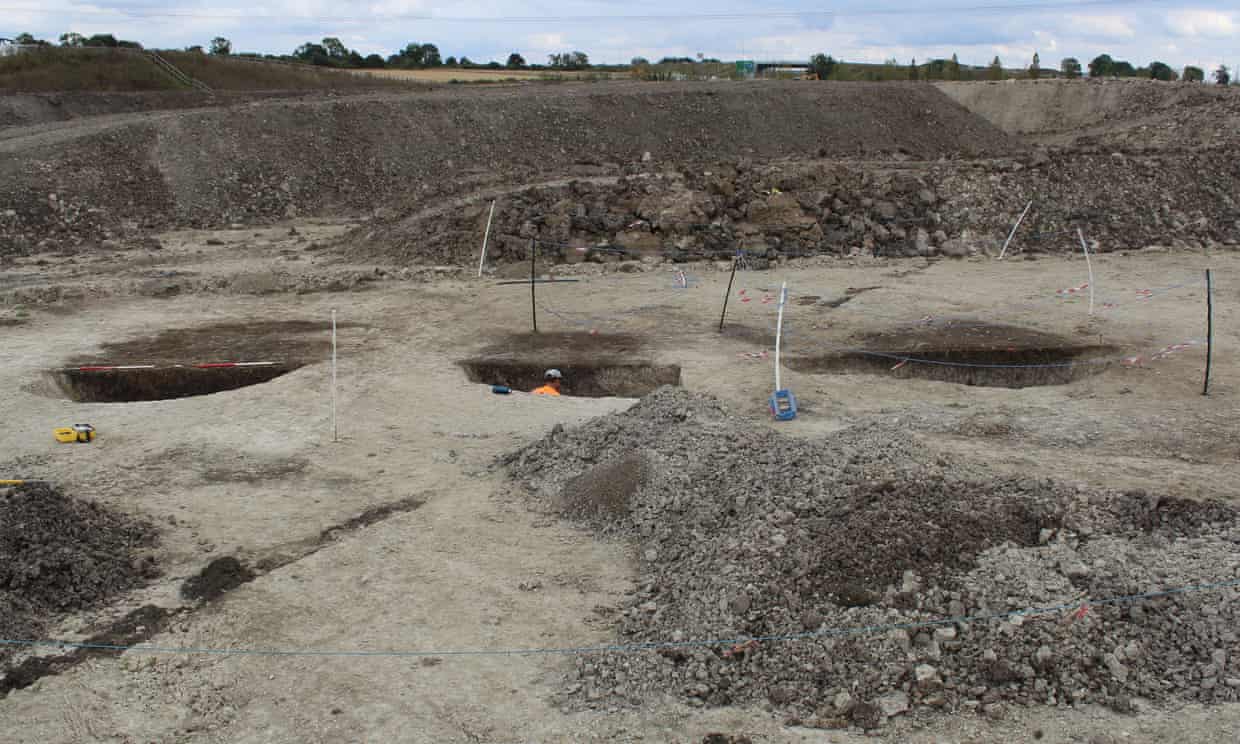
A prehistoric site with as many as 25 monumental pits has been discovered in Bedfordshire to the astonishment of archaeologists. Found in Linmere, they date from the Mesolithic period, 12,000 to 6,000 years ago…The pits could offer extraordinary new insights.
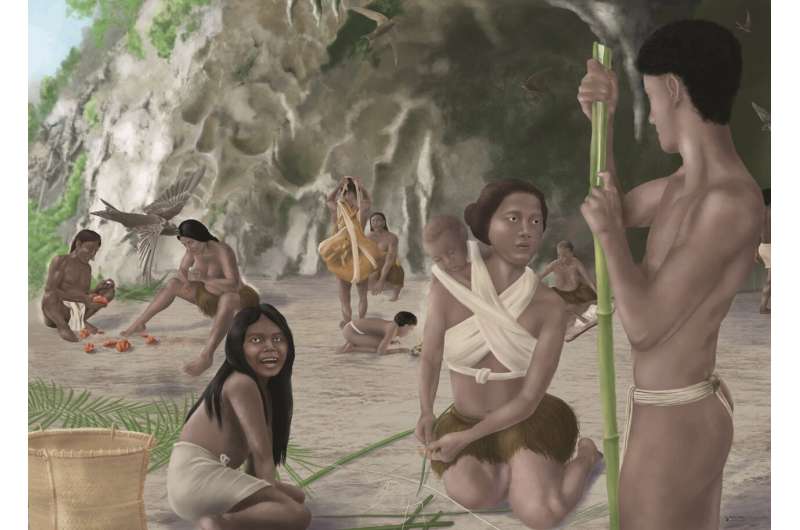
Stone tools bear microscopic evidence of ancient plant technology, according to a study published June 30, 2023 in the open-access journal PLOS ONE.
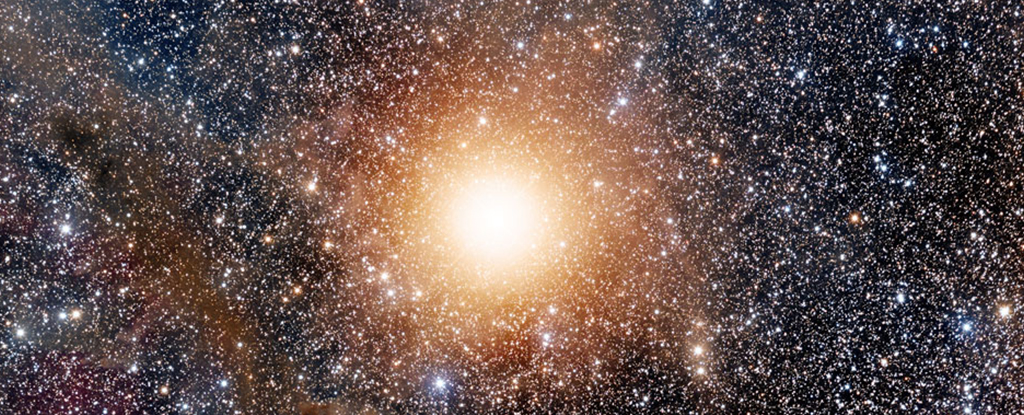
A little more than 650 light-years from Earth, an old, red star lies dying. A fresh prognosis on Betelgeuse’s condition based on its pulsations gives the celebrated supergiant just a few decades before it collapses in a final flash of glory. This research is available on arXiv.
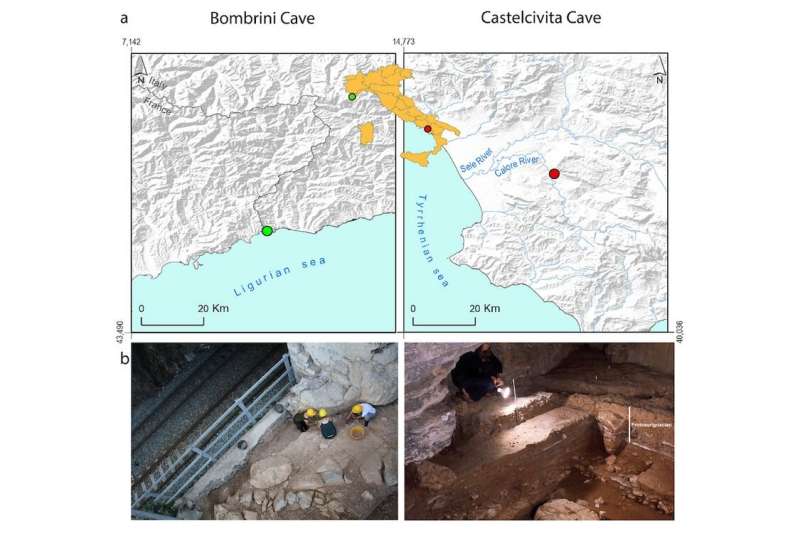
Long before the invention of agriculture, humans already knew how to process cereals and other wild plants into a flour suitable for food—and now there’s new evidence they did so long before scientists was previously thought. See the research here.

Ravine-like channels on Mars are something of a puzzle. They look like the gullies in Antarctica caused by melting glaciers, but the elevated locations of many of the features aren’t places we’d expect to find recently flowing water. The research has been published in Science.

Beneath the explosions, collisions and other intermittent bangs in the cosmos, scientists suspect a nonstop soundtrack plays, created by ripples in spacetime continually washing through the universe. After more than a decade of searching, scientists may have finally heard that background hum. See the research here.
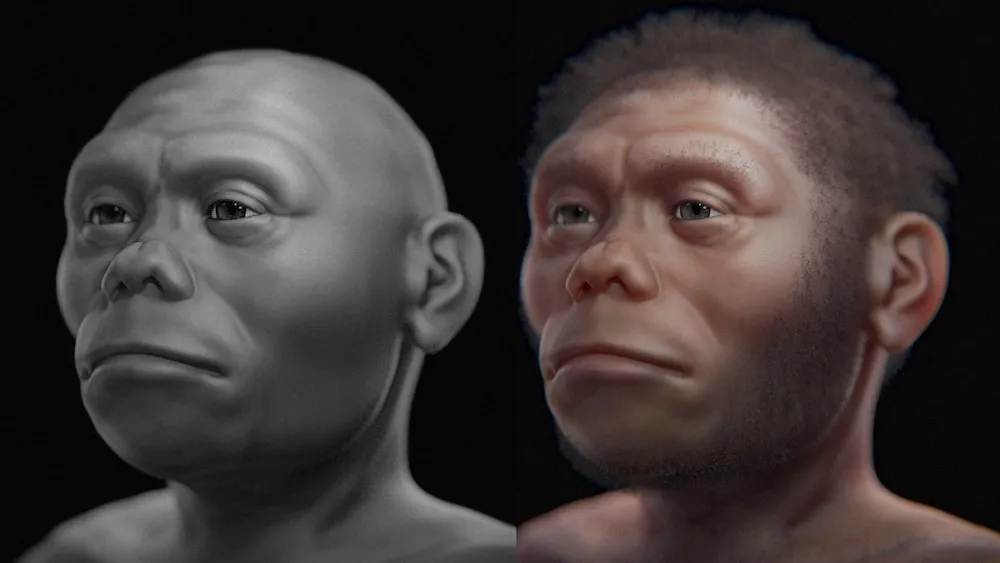
A new facial approximation offers insight into what one of humankind’s extinct relatives, Homo floresiensis —nicknamed “the hobbit,”—may have looked like when it lived on the Indonesian island of Flores approximately 18,000 years ago.

Star cluster M92, a densely packed ball of stars roughly 27,000 light-years from Earth, is about 13.8 billion years old, researchers report in a paper submitted June 3 to arXiv.org. The newly refined age estimate makes this clump of stars nearly the same age as the universe.
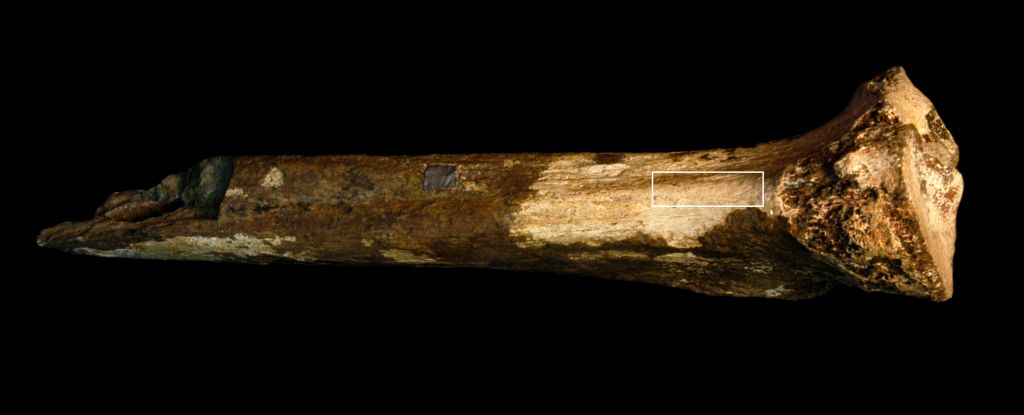
It’s not an unknown behavior, over the years. But the tibia, marked with cuts, and belonging to a mystery human relative who used to live in what is now Kenya, may represent the oldest example we’ve seen yet of hominin-on-hominin butchery. The findings have been published in Scientific Reports.





